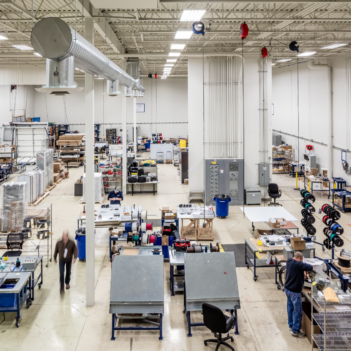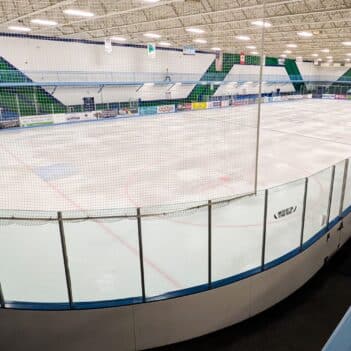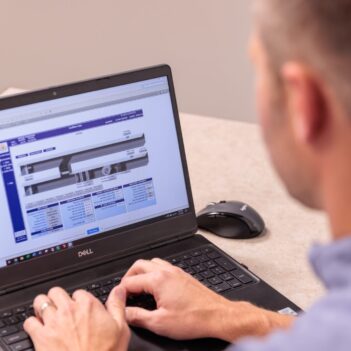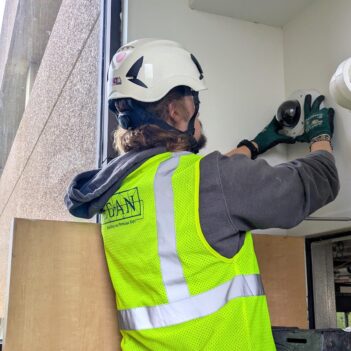Hear it here first
Exciting innovations are happening every day at Egan Company – read about projects, company updates, awards, specialty trade services, and industry firsts here. Big or small commercial contracting industry news, you can find it all here by category, year, or keyword search. Or, learn more about our highlighted project history, by visiting our Project Features.









